How to Get the Best Crack Seal
BY AsphaltPro Staff
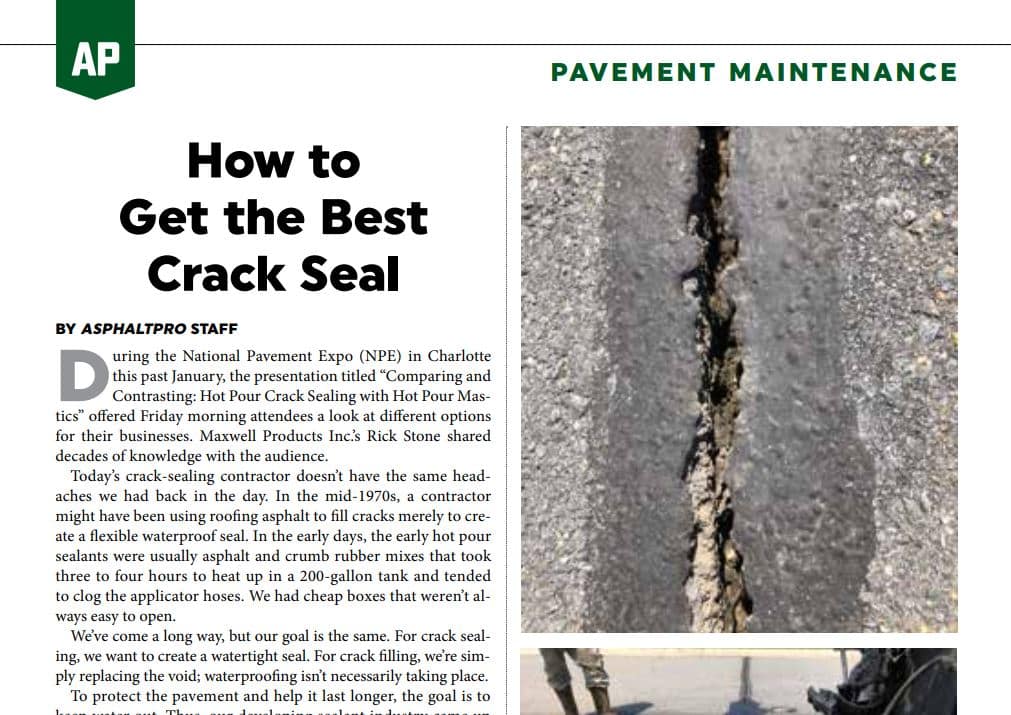
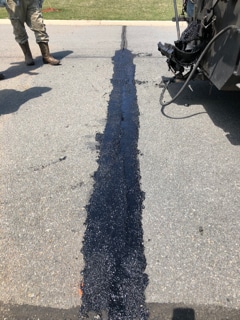
Mastics make good fill material for larger cracks. This example, about 1 ¼ inches wide and 9 inches deep, was located in Fairfax, Virginia. All photos courtesy of Rick Stone
During the National Pavement Expo (NPE) in Charlotte this past January, the presentation titled “Comparing and Contrasting: Hot Pour Crack Sealing with Hot Pour Mastics” offered Friday morning attendees a look at different options for their businesses. Maxwell Products Inc.’s Rick Stone shared decades of knowledge with the audience.
Today’s crack-sealing contractor doesn’t have the same headaches we had back in the day. In the mid-1970s, a contractor might have been using roofing asphalt to fill cracks merely to create a flexible waterproof seal. In the early days, the early hot pour sealants were usually asphalt and crumb rubber mixes that took three to four hours to heat up in a 200-gallon tank and tended to clog the applicator hoses. We had cheap boxes that weren’t always easy to open.
The next National Pavement Expo is set for Jan. 23-25, 2024, in Tampa. Visit https://nationalpavementexpo.com/.
We’ve come a long way, but our goal is the same. For crack sealing, we want to create a watertight seal. For crack filling, we’re simply replacing the void; waterproofing isn’t necessarily taking place.
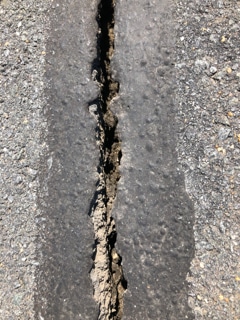
Mastics make good fill material for larger cracks. This example, about 1 ¼ inches wide and 9 inches deep, was located in Fairfax, Virginia. All photos courtesy of Rick Stone
To protect the pavement and help it last longer, the goal is to keep water out. Thus, our developing sealant industry came up with performance requirements, classifications for sealant types, and performance specs. ASTM, AASHTO, and states came up with standards and specs for manufacturers to adhere to.
Your classifications for hot pour sealants fall into these categories:
- Mineral filled
- Asphalt rubber
- Asphalt & fibers
- Polymer modified
- Polymer hybrid
- Jet fuel resistant
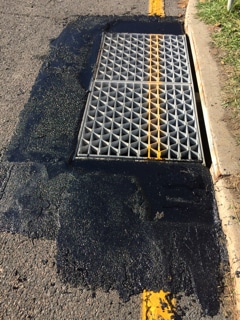
Mastics also work well to fill in around raised manholes or drains, as seen in this example.
This means you can expect your hot pour sealant to extend the pavement life two to eight years. It’s giving you a quick application, so it’s often used to enhance other surface treatments. It’s usually used to prevent further deterioration of the existing pavement.
What the hot pour sealant won’t do for you is improve ride quality, restore structural integrity or fix structural deficiencies of the pavement.
If your customer has asked you to seal cracks on his parking lot—whether that’s prior to a sealcoat or stand-alone repair work—there are some ideal surfaces and some not-so-ideal surfaces for crack sealing. Remember that compatibility of processes is important in the pavement preservation industry.
Pavement candidates for crack sealing are those with well-defined single cracks or new cracks that have appeared within the first 18-36 months of the structure’s life. You want to bring out the tape measure for some of these and make sure the cracks are within 1/8- to 1-inch wide. You’re looking for pattern cracking—longitudinal and transverse—but not an excessive amount. Also, perimeter sealing around utility cuts is ideal for crack sealing.
Hot pour mastics are designed to be a bit more robust. They return structural integrity to voids in the pavement while waterproofing yet remain flexible. They can improve ride quality and are typically used as a standalone repair or prior to another surface treatment. Again, think of compatibility of processes.
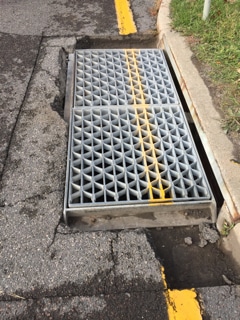
Mastics also work well to fill in around raised manholes or drains, as seen in this example.
Some good candidates for using hot pour mastics include those pavements with wide, deep cracks (greater than ¾-inch wide, 1-inch deep). The aggregates must penetrate the bottom of the void. If you need to repair a pavement distress, fill a pothole, cap a utility cut, repair the joint failure between a pavement and shoulder, perform skin patches where alligator cracking is taking place, repair raveled pavements, fill in around raised manholes or drains, even up ruts or adjoining pavements, level a bridge approach and so on, the hot pour mastic is a fine choice.
There is a minimum standard of performance for mastics, but the ASTM D8260 sets the bar fairly low. This means you may see different performance characteristics from manufacturer to manufacturer, even if the product meets ASTM’s standard. In other words, every mastic is a little bit different. You’ll want to talk to the manufacturer’s rep about the limits of their products. Find out what type, size and quantity of aggregate is incorporated in the product.
Keep in mind, our industry is maturing in the use of hot pour mastics. Improvements in uniformity are coming and will allow the crack-fill contractor to make better estimates and give better results to customers.
When you’re looking at cost comparisons, keep in mind what your workforce will have to do to prepare the product and surfaces as well as what installation equipment you’ll need to apply the product. While most hot pour sealants are priced by the pound, it’s easier to compare mastics when pricing by the gallon. Look at the anticipated life cycle of sealant versus mastic as well as the availability of materials in your region.
